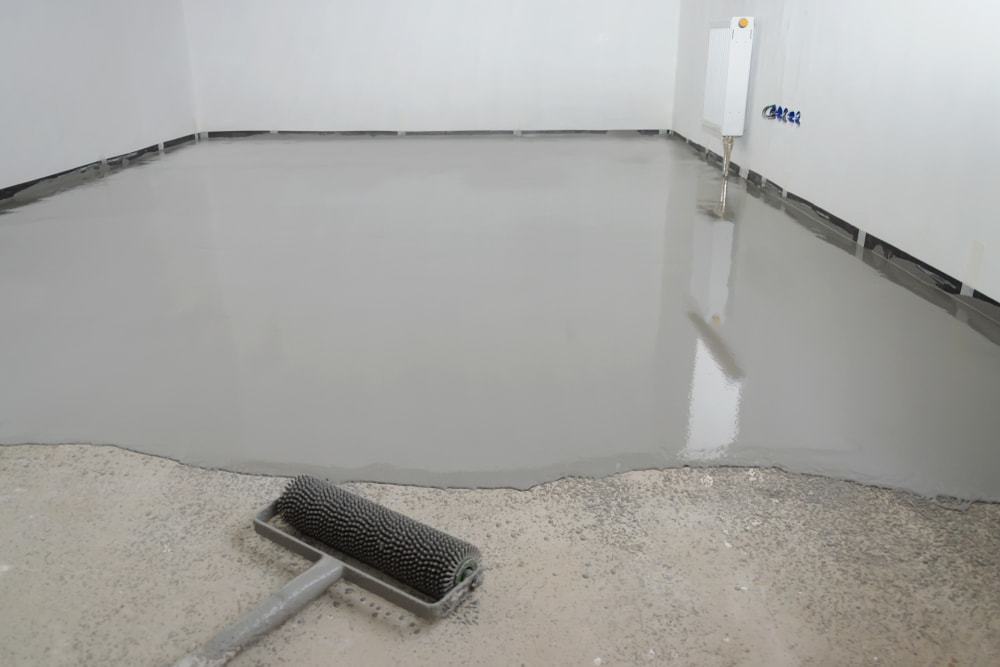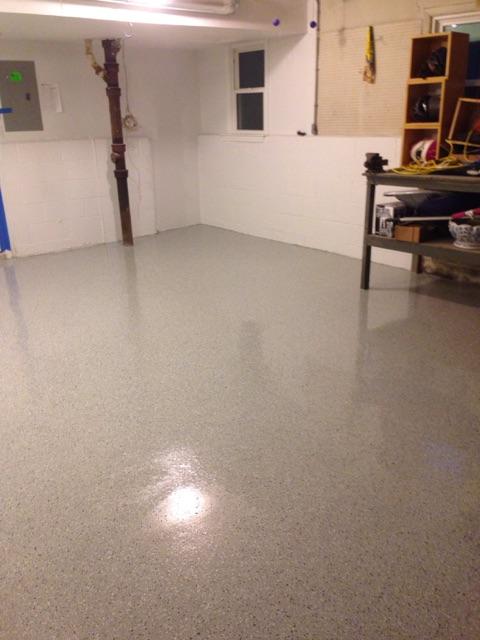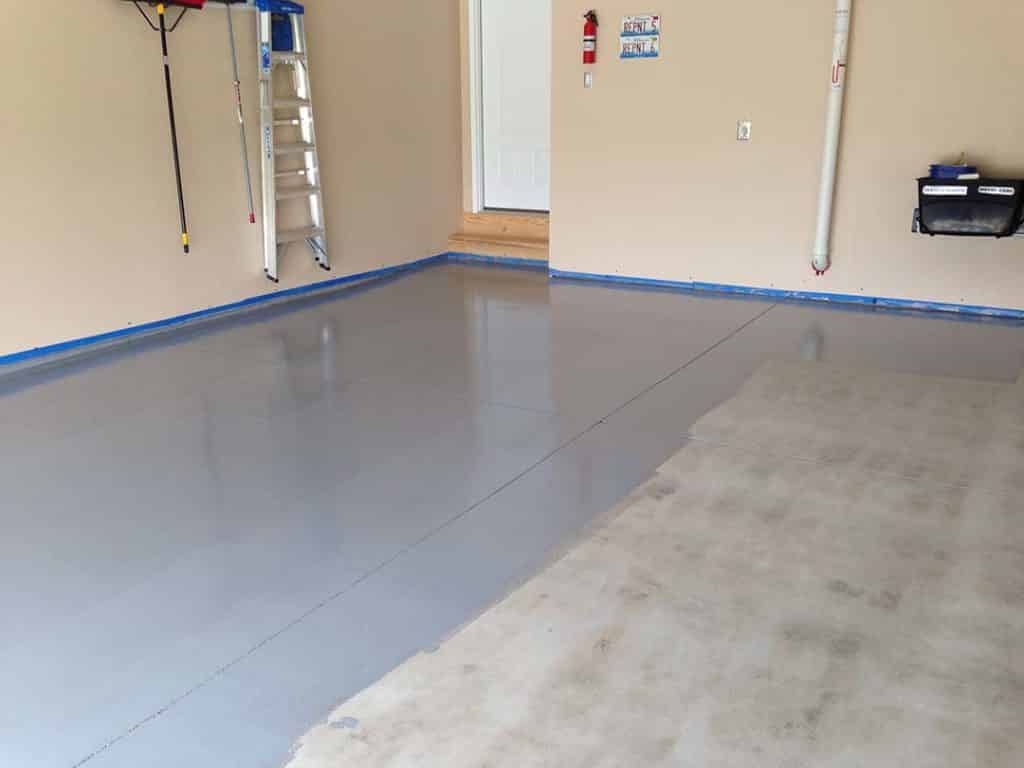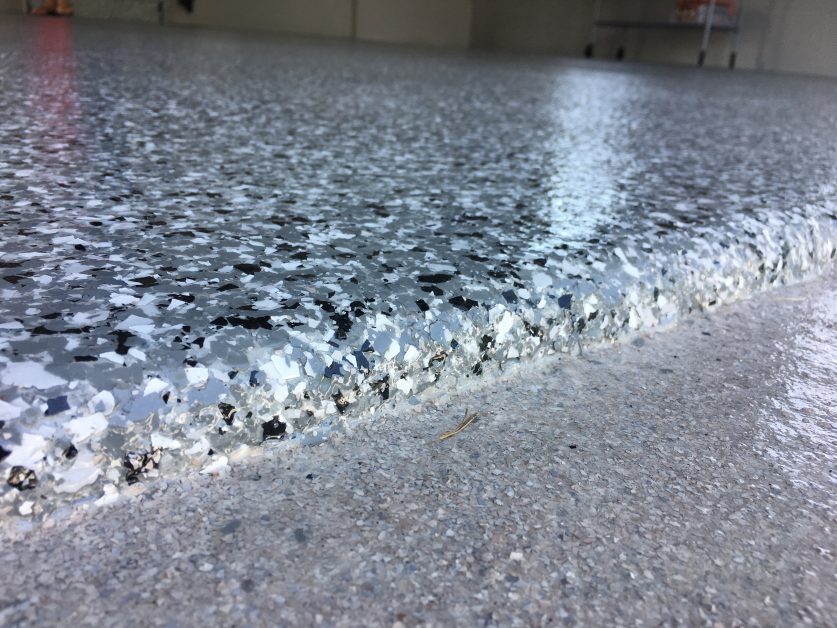How To Fix Epoxy Floor Bubbles

Touch up small repair areas or recoat your entire floor depending on how much of your floor had bubbles.
How to fix epoxy floor bubbles. When bubbles appear in a freshly applied epoxy coating the most common culprit is something called outgassing. For larger areas of bubble clusters it may be easier to use a floor buffer. Spread the epoxy over your floor starting in the back and working your way towards the front. In this video we go over how to repair those nasty bubbles that mess up your epoxy finish.
Yes you can get rid of bubbles after your resin has dried. Apply a fresh coat of carefully measured and mixed artresin epoxy resin. Fix gas bubbles in epoxy and urethane coatings with durall s experts. Moisture present in the concrete subfloor can cause bubbles to form in the liquid epoxy application.
They are found in the entire floor or as a group. Apply your epoxy in thin even layers for best results. Simply sand down the entire surface of your piece making sure you pay special attention to the areas with bubbles. Formation of bubbles is often seen in epoxy floors.
Many minor fixes may fix the bubbles and pinholes in the epoxy but the best way to fix and release excess gas and air that is trapped is applying another coat of epoxy. This is usually due to a phenomenon called out gassing. How to fix an uneven epoxy finish. When applying epoxy to a floor humidity can cause many types of problems on epoxies like delamination blistering and bubbles when the epoxy reacts with the water.
Read the steps for positive repair and concealment of your cratering problems. It is crucial that when applying the epoxy the slab is completely dry. Call us at 952 888 1488. To do this first sand the epoxy using a rotary scrubber or a palm sander for small areas.
Outgassing is a site condition that allows air or gas from the concrete substrate to escape in excess and cause blisters craters bubbles or pinholes. In this video we go over how to repair those nasty bubbles that mess up your epoxy finish. Bubbles are usually observed to be the size of a pinhead or more than an inch in diameter. To fix an uneven epoxy finish wait until the epoxy has dried thoroughly and then sand it lightly with fine grained wet sandpaper.
They are cause by air being trapped in the flooring.














































